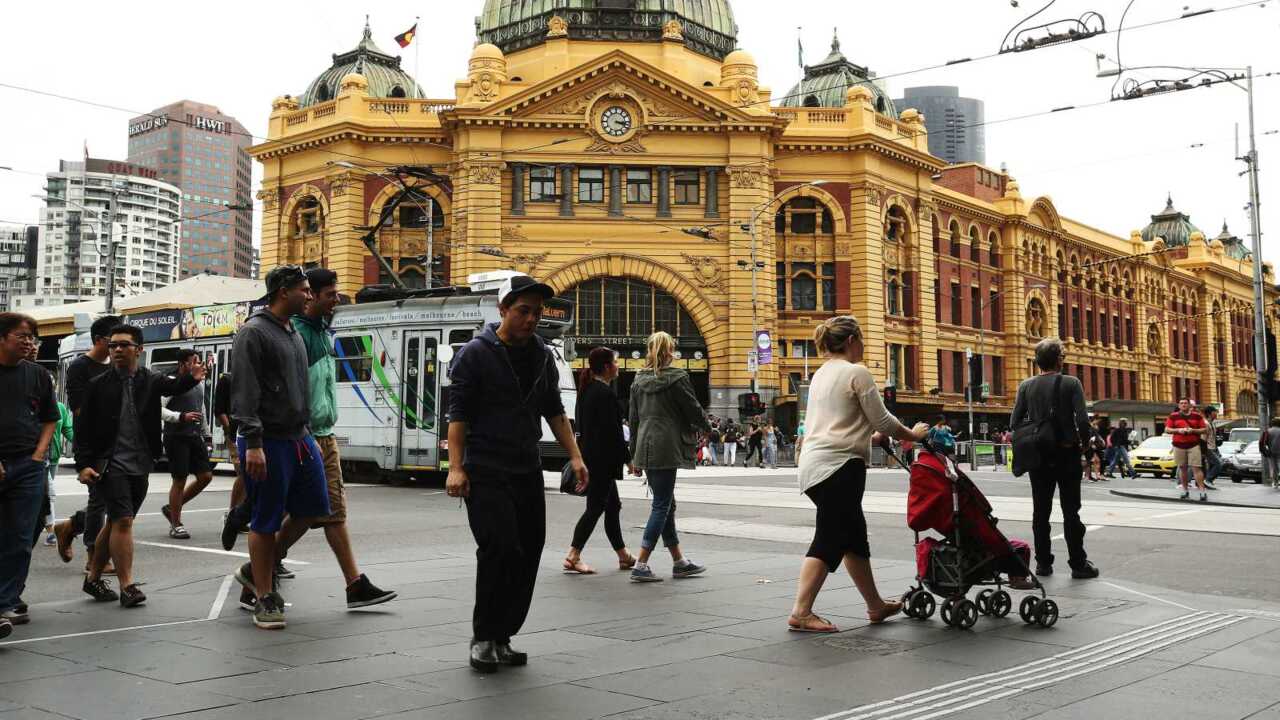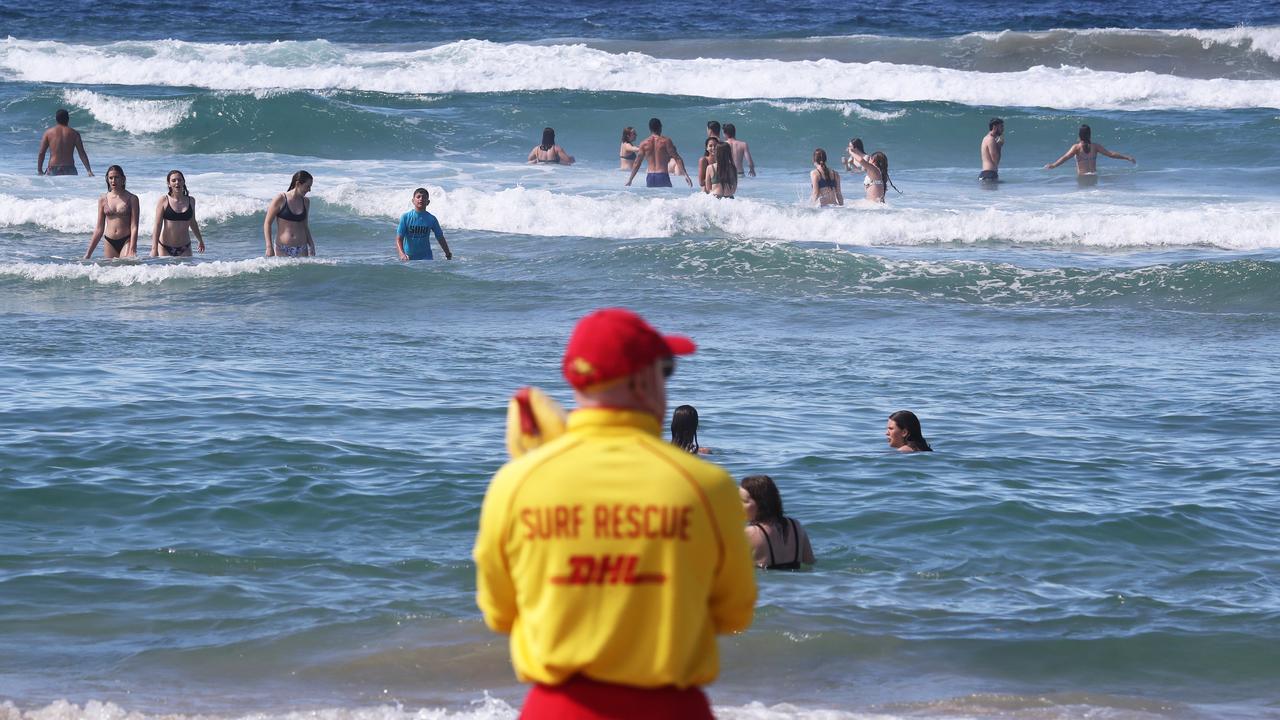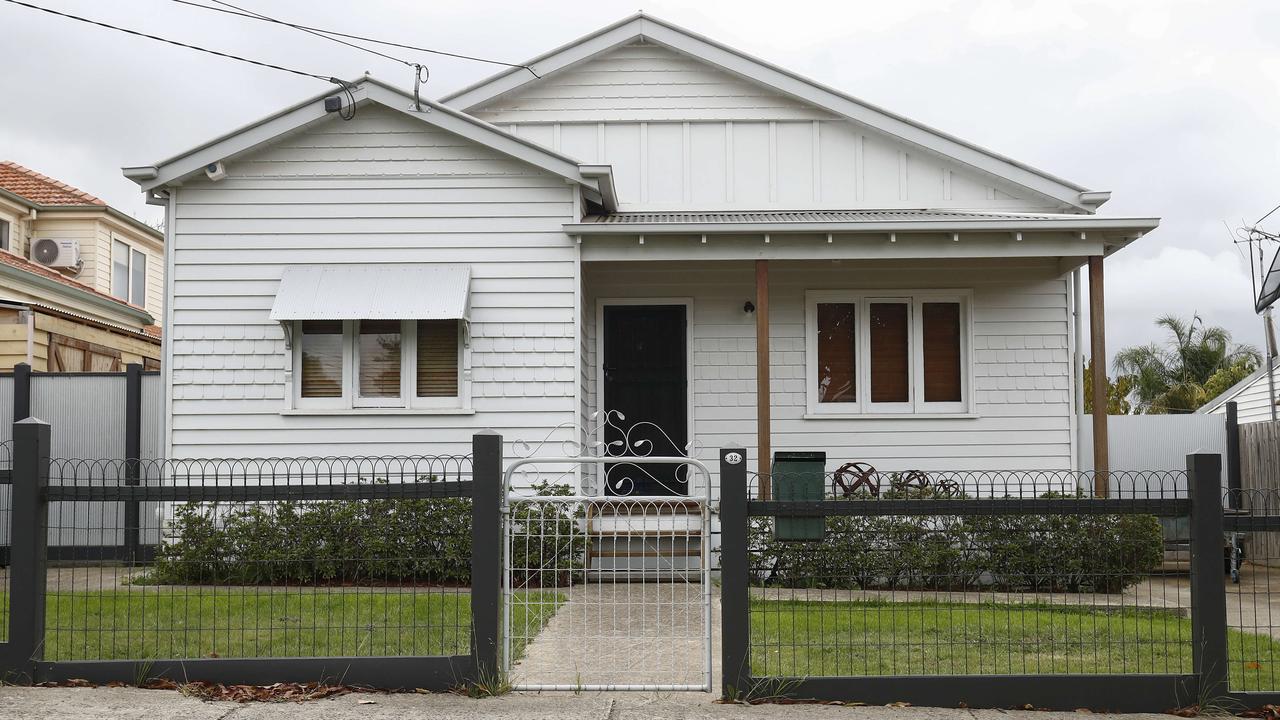‘Long-lasting’ coronavirus migration impacts could result in 1.7 million lost Aussies by 2031
The impact of the coronavirus pandemic is rapidly changing Australia and the effects will be “large and long-lasting”, experts warn.

Australia could finish the decade with up to 1.7 million fewer people than had previously been forecast as a result of the “large and likely long-lasting” effects of the global coronavirus pandemic.
In the best-scenario – one of three outlined in new modelling by McCrindle Research looking at the impact of COVID-19 on Australia’s population levels – the country will suffer an “impairment” of 741,000 people by 2031.
While that could mean lower house prices and less congestion on public transport, it could also spell big trouble for Australia’s economic recovery, construction sector and infrastructure projects.
“All the infrastructure investment is because of our population growth,” said researcher Mark McCrindle.
“You don’t get improvements in public transport, new bridges, roads, let alone port facilities and airports, without significant population growth. That why it does add to the liveability (of cities).”
He added: “The other big one that will affect people is slowing property prices.”
While it “has some benefits for people trying to get into the market”, it could hurt the economic activity due to the “wealth effect”, which posits that rising house prices make people feel wealthier and thus spend more.
RELATED: Follow our latest virus updates

RELATED: Case number that could lock Sydney down
Last week’s Federal Budget revealed net overseas migration – arrivals minus departures – is expected to go into reverse this year for the first time since World War II, with a loss of 72,000 people as a result of international travel restrictions and economic recession.
Mr McCrindle said losing “more people than we gained is unheard of”.
He warned population growth had done a lot of the “heavy lifting” in Australia’s economy in recent years, accounting for roughly 1 percentage point of annual GDP increase.
Over the past decade, migration has accounted for nearly two-thirds of Australia’s total population growth.
Last financial year, the country added 232,100 people through migration, compared to just 142,700 through natural increase – births minus deaths.
Prior to COVID-19, the Australian Bureau of Statistics projected Australia would grow to a population of between 29.5 million and 31.2 million by June 2031.
That’s an increase of more than four million people from the June 2019 count of 25.4 million.
McCrindle’s modelling more or less leaves assumptions for natural population increase unchanged, but “assumptions around net overseas migration must be entirely rebuilt”.
RELATED: Fresh hope for Queensland border opening

RELATED: Countries Aussies could be banned from for years
The Government’s international travel ban has been in place since March.
Treasurer Josh Frydenberg and Tourism Minister Simon Birmingham have warned border restrictions could be in place until late 2021 unless a vaccine is found.
In McCrindle’s first scenario, “the snap back”, an effective vaccine helps along a fast global recovery from COVID-19 and Australia’s migration levels quickly return to the 2016 to 2019 average of 237,000.
By 2031, Australia’s population would reach 29.6 million, 741,000 below the pre-COVID-19 ABS baseline.
In the second scenario, “delayed recovery”, the population would reach 29.3 million, one million below the baseline.
The most dire scenario, “impaired migration”, describes the recovery extending into early next decade, with net overseas migration only returning to 200,000 by 2030.
Temporary skilled work visas and higher education visas decrease by 20 per cent due to a contracting global economy in this scenario, and there is a net loss of one in three visitors and working holiday makers.
“Depending on the relative public health outcomes between the countries, there could also be a net loss of Australians to New Zealand,” McCrindle writes.
Under this scenario, Australia’s population forecast for 2031 is 28.6 million, 1.7 million people fewer than pre-COVID-19 forecasts.
Mr McCrindle says whichever way it goes, Australians should brace for some “significant impacts”.
RELATED: Europe records over 100,000 virus cases in one day

RELATED: Singapore, Japan travel bubble talks
“Everyone in the city agrees we were perhaps a bit overheated with the numbers, and it does give us an opportunity to have a national conversation (about migration) – it was a set-and-forget assumption,” he said.
“But I think the next few years will bring a bit more pain than otherwise we’d have.”
Outspoken entrepreneur Dick Smith has long campaigned for a reduction in migration numbers, calling Australia’s population growth a “Ponzi scheme”.
Earlier this year he said the COVID-19 crisis presented the perfect opportunity to create a population plan.
“I think there needs to be a plan. It’s pretty obvious you can’t grow forever,” he told Sky News.
“It is a type of Ponzi scheme because our economy requires this endless growth in the use of resources and energy and more and more people. That’s ridiculous; surely it must be able to live in balance.”
He added: “If we reduce migration to 75,000 a year instead of the record 200,000, we’d end up with about 30 million Australians. I think that’s OK.”
Mr McCrindle said as a nation of immigrants, Australians generally had a favourable view of migration.
“But at the same time Australians say a pain point is public transport was getting congested, commute times were increasing, waiting times for public schools and hospitals were going up – maybe we were growing faster than we could cope with,” he said.
“That’s why generally people have wanted to see a slowdown.”




